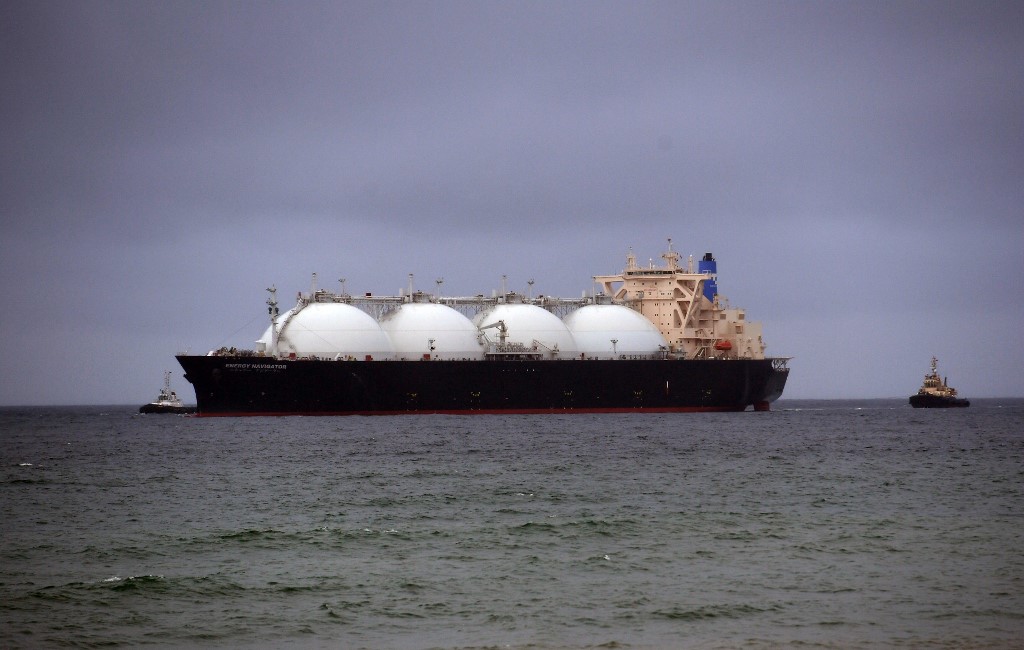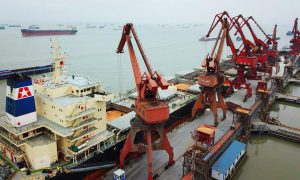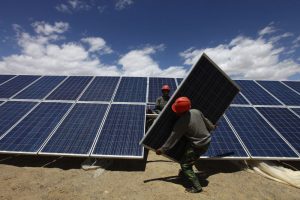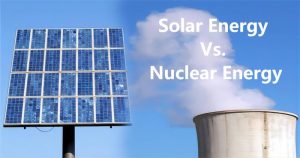(ATF) Australia’s gas sector finds itself in the crosshairs again. Until recently, much of the problem stemmed from higher domestic gas prices and associated political upheaval those bloated prices caused.
For several years, gas prices at home remained considerably higher than prices fetched for the fuel in Asian markets. The problem became so acute, particularly for both residential and industrial end-users, that Canberra eventually forced gas producers to set aside specified amounts of the fuel for domestic usage to reign in prices.
Now, the pendulum appears to be pivoting in the other direction. Gas-fired power production in eastern Australia’s national electricity market (NEM) dipped to a 15-year low during the last quarter of 2020, accounting for some 6.4% of NEM power generation, around 85% of the country’s electricity generation.
This marks an 8.5% decline from the same period a year earlier, and more markedly, a 11% drop from the October to December 2017 period. Gas accounted for the lowest NEM share last year since 2008.
The drop comes as Canberra tries to stoke gas usage, the cleanest of all burning fossil fuels, to help reign-in the country’s greenhouse gas (GHG) emissions. This includes a controversial, and likely political power-play, by Australian Prime Minister Scott Morrison, who recently pledged to build a government owned and operated gas power plant in competition with the private sector.
However, the logic behind the government’s domestic gas push is not without merit. Replacing coal-fired thermal power plants with gas-fired power plants makes sense from both environmental and economic standpoints.
Australia’s bloated carbon footprint
Australia, despite a relatively small population of 25 million people, unfortunately packs a massive GHG emission punch due to its vast coal production. The country remains the world’s largest overall coal exporter and producer (both metallurgical and thermal coals combined), accounting for over half of global coal production – with most of that production until recently being exported to China, the world’s largest energy user and largest GHG emissions violator.
Due to ongoing political differences since last year, mostly over the origin of the coronavirus and China’s hegemony pursuits in the South China Sea, Beijing in September orchestrated an unofficial Australian coal ban, followed by reports of more than 50 Australian coal ships waiting off ports in eastern China, having been refused entry to offload their cargo. Whether or not the two sides can be reconciled and how that will impact future Aussie coal exports to the Middle Kingdom remains to be seen.
Australia’s domestic coal usage doesn’t offer much environmental reprieve either. Coal still makes up around one-third of the country’s energy mix, along with petroleum and other liquids coming in around 40%, according to the US Energy Information Administration. Gas makes up around 25% of the country’s energy mix.
As such, Australia, as with most other Asia-Pacific countries that still heavily rely on coal, needs to do more. That push, however, seems to not be coming from Canberra, but from private industry.
Renewables surge Down Under
A significant factor for recent drops in gas used for power generation includes an uptick in solar photovoltaic (PV) and wind power, which increased the share of renewables in the NEM to 26.4% in 2020 from 22.6% in 2019, 20.3% in 2018 and 15.6% in 2017, according to an Argus report from last week.
An IHS Markit report last week said Australia led its renewables addition index in the Asia-Pacific region, with 89% of power capacity under construction being either wind, solar or biomass power – promising news to help at least partially offset the country’s massive GHG emissions.
However, it creates headwinds for Australian gas producers that need to offset a continued liquified natural gas (LNG) supply overhang in the Asia-Pacific region due to both an LNG project overbuild in the country, as well as more supply entering the market from new US-based LNG projects, in addition to demand destruction from the impact of the Covid-19 pandemic.
For now, ongoing Sino-Australian political problems haven’t hit Australia’s LNG exports to China, and given the symbiotic relationship between Aussie gas and China’s thirst for the fuel, that dynamic may not materialize, despite Beijing taking aim at a plethora of other Australian exports.
However, given China’s increased gas pipeline imports from neighbouring Russia and several LNG producers, Australia’s future LNG exports to China are anything but guaranteed.
A number of long-term LNG off-take agreements between the two are expected to expire amid the ongoing trade and political row. To make up for these expiring contracts, Chinese firms will likely continue to buy more LNG on the spot market at advantageous contractual terms and prices, as well as inking new mid to long-term deals with a number of other eager LNG producers eager to lock-in market share with the world’s largest gas consumer.
























